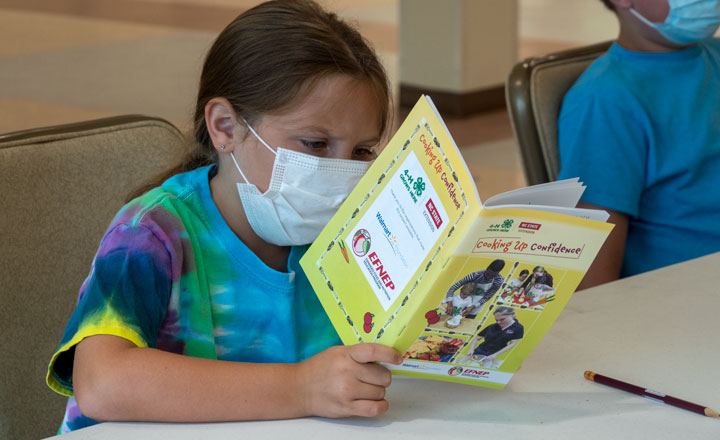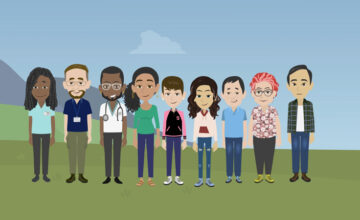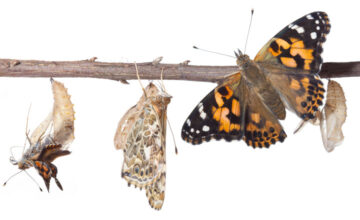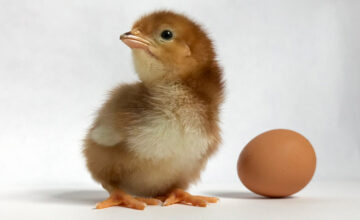
Cloverville Detective Agency Mysteries
Intruders. Explosions. Spies. Ghosts.
Cloverville may be a small town, but it holds some big secrets. Join the Cloverville Detective Agency and get to the bottom of such strange goings-on. Can you help the citizens of Cloverville figure out what is happening?
In this program, participants will sink their teeth into STEM to learn about food safety, food chemistry, and food production. As they unlock each new challenge and locate clues to unravel each mystery, participants will conduct hands-on experiments, prepare recipes, interview suspects, and test their sleuthing skills.
Age range: 10-14*
Grade level: 4-8
Time: 60+ minutes each**
* The suggested age range corresponds to the approximate independent reading level of the mysteries. Younger children can also complete these activities with proper support, such as having older youth volunteers act out the scenarios, using the mysteries with family or cross-age groupings, or adjusting the science content.
**Originally developed for online use with families during the 2021 North Carolina Science Festival, the materials can easily be adapted for in-person, hybrid, or remote environments. Each of the four mysteries can be used on its own for short programs or as a set for a longer program. Length may vary depending on implementation choices (e.g., readers’ theatre versus silent or paired reading) and any extension activities.
This activity utilizes the Cooking Up Confidence! Cookbook by NC 4-H.
The North Carolina 4-H Curricula are subject to copyright and cannot be used or distributed without North Carolina 4-H’s permission. However, the 4-H Curricula can be used for free when working with your local Cooperative Extension office.
If you see a 4-H curriculum that would benefit your classroom, reach out to your local 4-H Agent. Your 4-H agent can work with you to understand how to best use 4-H curriculum, and to get involved locally with additional 4-H education programming.
Cookbooks are available for purchase through UNC Press and Amazon.
“Oh, I am so glad I reached you,” comes a panicked voice on the other end. You immediately recognize the voice as belonging to Colleen Sandy, the owner of your favorite restaurant, Cloverville Chicken and ‘Que.
“Ms. Sandy, is everything ok?” you ask.
“There’s been a break-in at the restaurant.”
Help Ms. Sandy and save the Cloverville Chicken and ‘Que.
Science Concept: Microbiology & Epidemiology
Healthy Living Concept: Food Safety & Sanitation
BOOM! A loud explosion interrupts your thoughts. You turn towards the sound and realize it came from the Cloverville Grand Hotel. You see people streaming out the door. The hotel manager runs towards you. “Help! The hotel has been bombed!”
Can you solve the mystery of the ice cream explosion?
Science Concept: States of Matter & Physical Change
Healthy Living Concept: Food Science
“Hello, you’ve reached the Cloverville Detective Agency,” you say.
“Hi. Can I talk to the detective?” The voice on the other line sounds like it belongs to a child.
“I’m the detective,” you respond. “How can I help you?”
“I need you to catch a bad guy, please,” the caller says. The voice clearly belongs to a child. You become worried.
“Who is this? Are you okay? Are you somewhere safe? Have you called the police?” you ask.
“Yes.” The child’s voice sounds annoyed. “I already asked Mom for help and she said the police were too busy to help me with my science fair project. So I called you.”
You are relieved that the child does not seem to be in danger, but you are also a little confused. “You’re catching a bad guy as your science fair project?”
“No! I want you to catch the bad guy who ruined my science fair project.”
Help Sal catch the person responsible for ruining his science fair project!
Science Concept: Chemical Changes
Healthy Living Concept: Food Science
“Welcome to the Cloverville Detective Agency,” you say as you open the door. “Come on in.”
In walks an old man. He nervously twists his hat in his hands and glances around the office. He is silent.
Suddenly, you recognize him as Giorgio Cuoco, owner of Mama Vitale’s Italian Bistro, although he looks nothing like you remembered. He has lost so much weight that his skin seems to sag, and the twinkle in his eyes has dulled with sadness. The man before you now seems but a shell of the prosperous businessman you once knew.
You realize that the last time you saw Mr. Cuoco was at his wife’s funeral last January. Since their only child, Toni, had just deployed overseas, Mr. Cuoco had to scale back operations at Mama Vitale’s until he could hire help. Then, the pandemic hit, and the bistro was completely shuttered until Toni finally returned home last week.
“Mr. Cuoco?” you say gently. “Is everything okay?”
He whispers something so softly that you can barely hear, but the words are unmistakable.
“I’ve seen a ghost.”
Science Concept: Plant Life Cycles & Parts of a Plant
Healthy Living Concept: MyPlate
Science Standards
North Carolina Essential Standards, Science (2023):
- LS.3.1.2 Obtain, evaluate, and communicate scientific information to explain why skin is necessary for protection and for the body to remain healthy.
- LS.8.1.2 Analyze and interpret data to explain the difference between epidemic and pandemic as it relates to the spread, treatment and prevention of disease
North Carolina Essential Standards, Science (2023):
- PS.2.1.1 Carry out investigations to illustrate examples of matter that can change from a solid to a liquid and from a liquid to a solid by heating and cooling.
- PS.3.1.2 Carry out investigations to classify solids, liquids, and gases based on their basic properties.
- PS.3 1.3 Engage in argument from evidence to explain observable changes to the properties of matter when heated or cooled.
- PS.5.1.2 Carry out investigations to explain whether the mixing of two or more substances results in new substances.
- PS.5.1.3 Carry out investigations to compare how heating and cooling affect some materials and how this relates to their purpose and practical applications.
- PS.6.1.1 Use models to illustrate that matter is made of atoms and elements, and are distinguished from each other by the types of atoms that compose them.
- PS.6.1.2 Use models to explain the relationship between changes in thermal energy in a substance and the motion of its particles (including phase changes).
North Carolina Essential Standards, Science (2023):
- PS.3.1.1 Engage in argument from evidence to infer that air is a substance that surrounds us, takes up space, and has mass.
- PS.3 1.3 Engage in argument from evidence to explain observable changes to the properties of matter when heated or cooled.
- PS.5.1.2 Carry out investigations to explain whether the mixing of two or more substances results in new substances.
- PS.8.1.1 Construct an explanation to classify matter as elements, compounds, or mixtures based on how the atoms are arranged in various substances.
- PS.8.1.4 Construct an explanation to classify changes in matter as physical changes (including changes in size, shape, and state) or chemical changes that are the result of a chemical reaction (including changes in energy, color, formation of a gas or precipitate).
- PS.8.1.5 Use models to illustrate how atoms are rearranged during a chemical reaction so that balanced chemical equations support the Law of Conservation of Mass (in both open and closed systems).
North Carolina Essential Standards, Science (2023):
- LS.3.2.1 Carry out investigations to explain the structures and functions of plants and how they are essential for life.
- LS.3.3.1 Carry out investigations to explain how environmental conditions determine how well plants survive and grow.
- LS.4.1.1 Use models to explain that plants and animals have external structures that function to support survival.
- LS.6.1.1 Use models to explain how the processes of photosynthesis, respiration, and transpiration work together to meet the needs of plants.
- LS.6.1.2 Construct an explanation to compare how vascular and nonvascular plants obtain, transport, and use nutrients and water necessary for survival
- LS.6.1.3 Use models to summarize structural adaptations, processes, and responses that flowering plants use for defense, survival and reproduction.
- LS.6.2.1 Use models to summarize how energy derived from the sun is used by plants to produce sugars (photosynthesis) and is transferred to consumers and decomposers.




